Broad Stroked 805 Art Survey
Westmont Museum of Art’s Annual Tri-County Juried Exhibition Extends a Wide Curatorial Palette
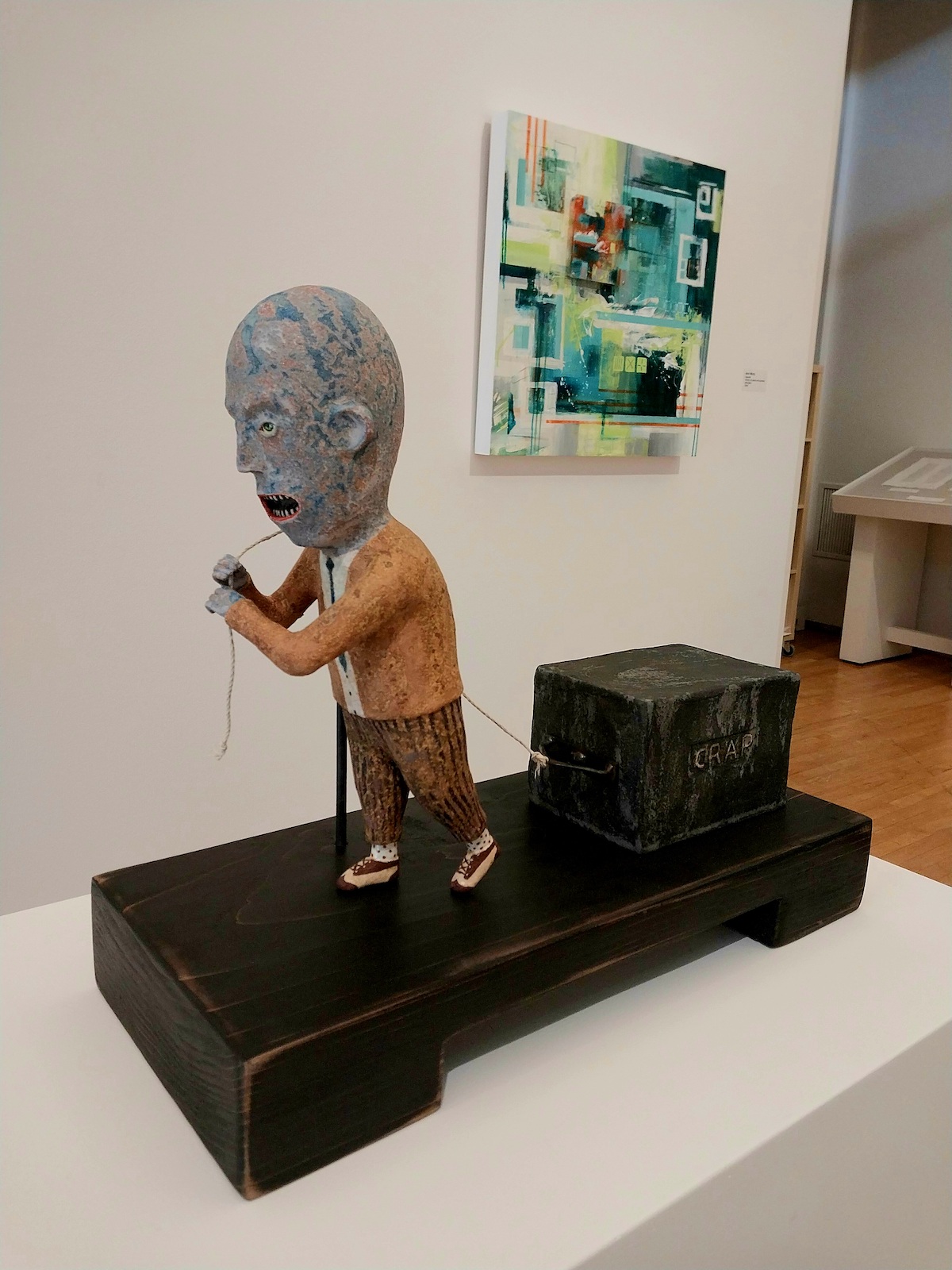
To be honest, the designated title and theme of this year’s Tri-County Juried Exhibition at the Westmont Museum of Art is more a loose, gentle suggestion than it is a binding guideline. Then again, the driving MO of this much-valued exhibition tradition concerns showcasing artists in their own milieu rather than imposing umbrella conceptual criteria. The clever acronym-adorned title, [TBH] … To Be Honest, serves its purpose beautifully.
What we find filling the walls and floor of the museum is a disparate cavalcade of art from the region, with stops at abstraction, figurative painting, sculpture, humor, ecological and social commentary, and even a few examples of charming dog art. In short, this year’s outside juror — Walter Maciel from Culver City’s Walter Maciel Gallery — has delivered on the promise and importance of this show’s necessarily selective overview of the artistic variety and strength in the 805 area code. [TBH] is a story told in 45 artworks plucked from more than 400 entries.

By way of an appetizer for the viewer, the show’s prevailing variety principle begins in the entryway gallery of the museum. Wry and crafty sculptor Wesley Anderegg’s “Dragging My Crap Around” portrays a sad sack lugging a cumbersome concert block marked “Crap,” Sisyphus-style. It seems a darkly whimsical spin on the burden of being — physically and existentially — but with a wink.
Tom Pazderka’s distinctive method of painting with ash, oil, and charcoal is especially poignant in his “Genius Loci,” inspired by family photos with a wistful air, from humble domestic scenes in the Czech Republic. Across the room, the mood and palette shift dramatically in the form of Kerrie Smith’s “Gygantha Glorietta,” with its fluorescently bright, popping hues folded into a visual thicket of tangled tentacle/vegetable matter.
In other painterly directions, Sophie Cooper’s vertical N.Y.C. ode, “Apt. Loft,” offers a romantic nocturnal view of the mythic city, while Nina Warner’s “Shot House Kharkiv” — based in Ukraine — presents a deceptively calm village setting and conveys the aura of tragic wartime consequence in the margins, replete with bullet holes.

Arnold Anthony Orosco’s “Untitled (Never Knows Best)” plays on the double stacked image of a woman in profile and a shrine-like grouping of words and objects signifying a secret societal implication, and Susan Tortorici’s compact “I Know You Lied” finds alluring expressivity in a spare but detailed facial sketch — in oil on a cabinet door sample. The medium adds to the message.
Steve Shelton, an artist, musician, and poet who hails from the legendary and woodsy Shelton compound known as “Oakleigh” next door to the Westmont campus, gets his gallery spotlight due for one of his personalized guitar “portraits.” “Exile/Exhale: Guitar Solo #70” is a fine example of his guitar-as-logo-and-figurative element, folded into a sinuous abstract tactic in the composition.

Photography is also well-represented in the show, including works by established local hero Nell Campbell and Sara Yerkes, whose piece is “I’ll Try Writing Instead,” an ode to a vintage typewriter in the unusual collodion wet plate/gelatin silver. Dan Gold’s small and long ocean ode “Ventura Sky” depicts the natural phenomenon of surreal wavy cloud formations over the horizon, and appears more like a drawing or print than a photograph — part of its odd appeal.
It’s also good to see the sentient, moment-seizing photography of Kate Connell back on a local gallery wall, in the form of her cryptic diptych “Reading Signs — Article 9,” dealing with the awareness of her being a foreigner in Kyoto, Japan.
Japanese matters of a grimmer sort appear in the neighboring piece on the wall, Mona Higuchi’s “Executive Order 9066.” Her fabric/relief sculptural work alludes to the call for Japanese ancestry to be sequestered in internment camps during WWII, in a piece with woven stripes and stern wording suggesting fencing and incarceration.

In other three-dimensional art here, Lori Call’s assemblage work “President Bigwig,” with its collaged retro kitsch references including a protruding wooden nickel (don’t take it!), vaguely takes satirical aim at the presidential circus to come. In another witty anomaly, Pecos Pryor’s “Some of a Million” relies on a forest of tiny hash marks — “tally marks” — gathered into gestural waves, while simultaneously referencing the timeless art and duty of culling numbers.
And this year’s “Best of Show” award goes to Mary Balda’s “Chicago Tigua,” a peculiar gem of a painting in which coordinated groupings of tourists and birds in swirling flight patterns, with mountains beyond, are enmeshed in a flat gray space for a sky. Reality-based mixes freely with a strong design sensibility, at work and at play.
Once again, art in the 805 has been seen via this inherently subjective and selective sampler plate of a show, with impressive and sometimes surprising results.
[TBH] … To Be Honest is on view at Westmont Ridley-Tree Museum of Art through June 15. The museum (955 La Paz Rd.) is open 10 a.m.-4 p.m. Monday through Friday and 11 a.m.-5 p.m. on Saturdays. See westmont.edu/museum.
Premier Events
Fri, Jan 31
5:00 PM
Santa Barbara
Artist Talk at Art & Soul on State Street
Wed, Jan 22
5:30 PM
Santa Barbara
Talk: “Raising Liberated Black Youth”
Sun, Jan 26
11:00 AM
Santa Barbara,
17th Annual Santa Barbara Community Seed Swap 2025
Tue, Jan 28
5:00 PM
Zoom
Fire Safety Community Zoom Meeting
Thu, Jan 30
8:00 PM
Solvang
Lucinda Lane Album-Release Show, at Lost Chord Guitars
Fri, Jan 31
9:00 AM
Goleta
AARP FREE TAX PREPARATION
Fri, Jan 31
5:00 PM
Santa Barbara
Artist Talk at Art & Soul on State Street
Sat, Feb 08
10:00 AM
Santa Barbara
Paseo Nuevo Kids Club
Sat, Feb 08
12:30 PM
Solvang
Garagiste Wine Festival
Tue, Feb 11
8:00 PM
Santa Barbara
SBIFF – Tribute to Timothée Chalamet
Thu, Feb 13
8:00 PM
Santa Barbara
SBIFF – Tribute to Adrien Brody and Guy Pierce
Fri, Jan 31 5:00 PM
Santa Barbara
Artist Talk at Art & Soul on State Street
Wed, Jan 22 5:30 PM
Santa Barbara
Talk: “Raising Liberated Black Youth”
Sun, Jan 26 11:00 AM
Santa Barbara,
17th Annual Santa Barbara Community Seed Swap 2025
Tue, Jan 28 5:00 PM
Zoom
Fire Safety Community Zoom Meeting
Thu, Jan 30 8:00 PM
Solvang
Lucinda Lane Album-Release Show, at Lost Chord Guitars
Fri, Jan 31 9:00 AM
Goleta
AARP FREE TAX PREPARATION
Fri, Jan 31 5:00 PM
Santa Barbara
Artist Talk at Art & Soul on State Street
Sat, Feb 08 10:00 AM
Santa Barbara
Paseo Nuevo Kids Club
Sat, Feb 08 12:30 PM
Solvang
Garagiste Wine Festival
Tue, Feb 11 8:00 PM
Santa Barbara
SBIFF – Tribute to Timothée Chalamet
Thu, Feb 13 8:00 PM
Santa Barbara





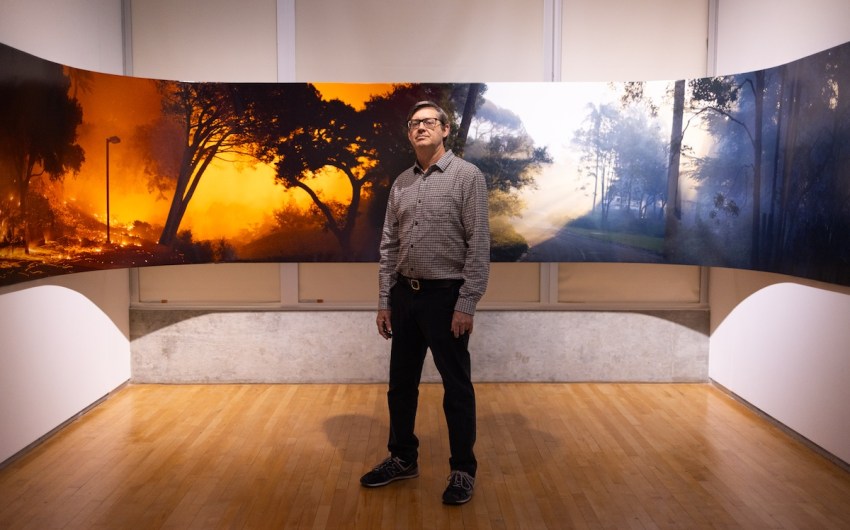





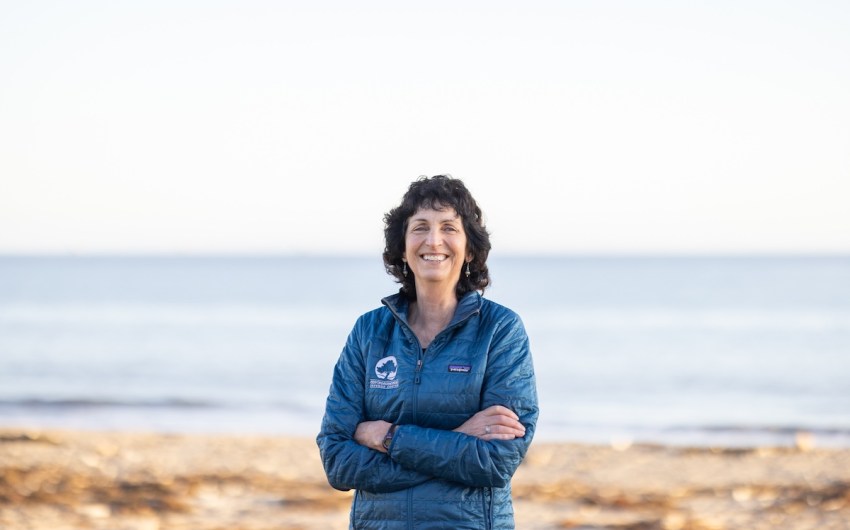



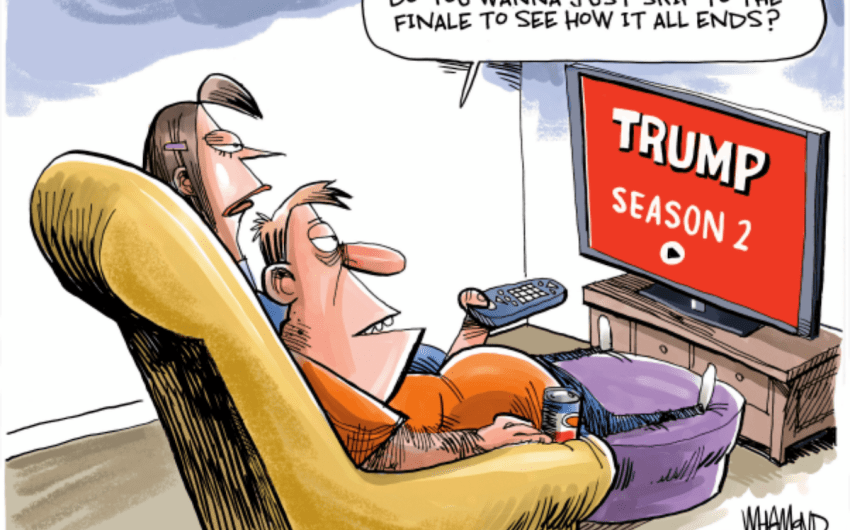
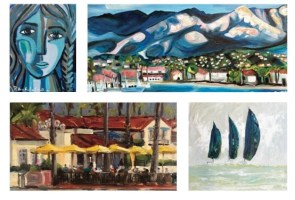



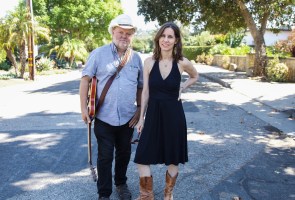





You must be logged in to post a comment.